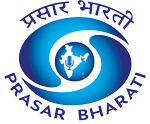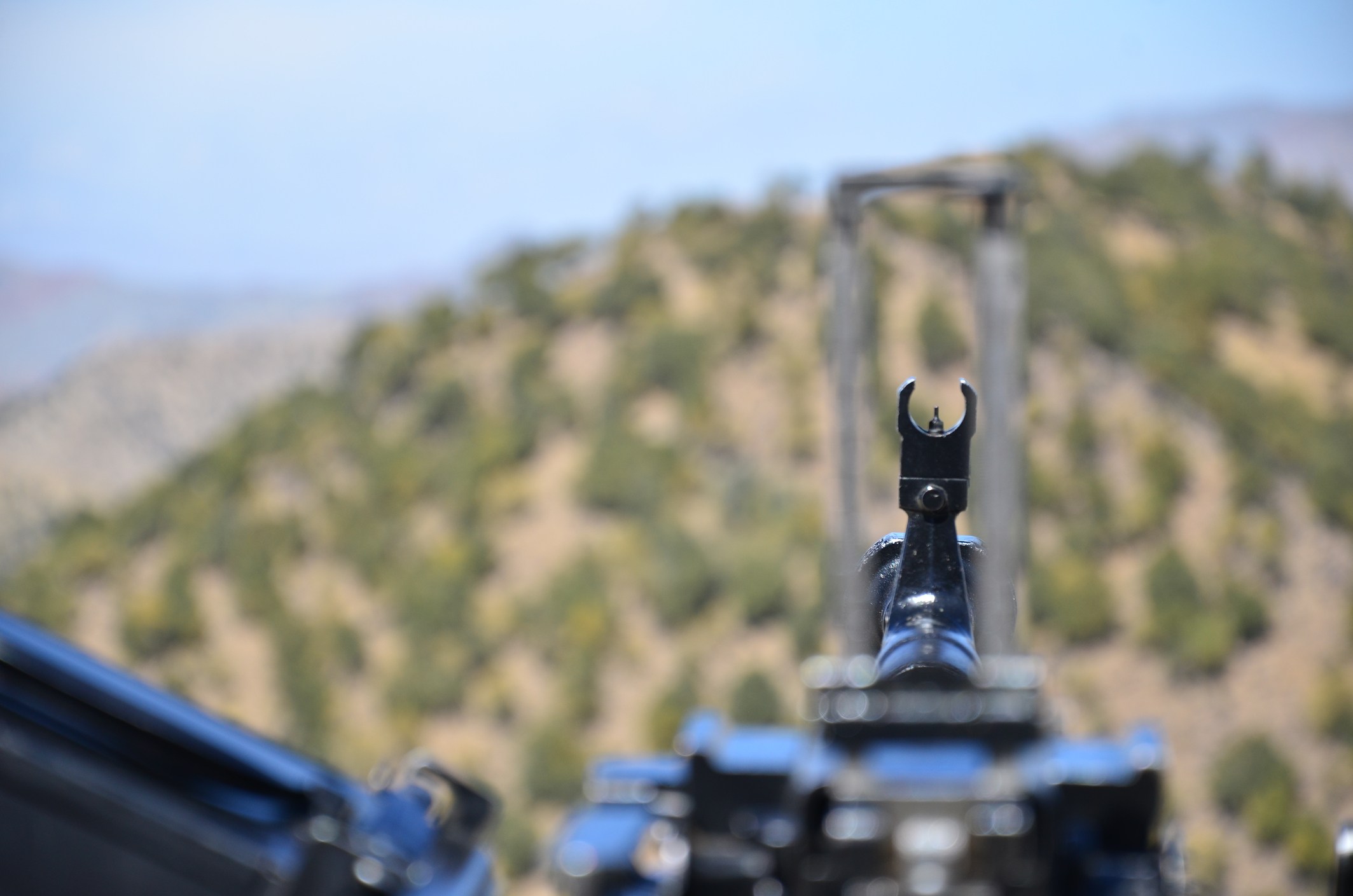Pakistan’s economy has long ceased to be a level playing field. While democratic institutions, civilian enterprises, and private sector innovation struggle to survive under chronic political instability and fiscal mismanagement, one institution not only survives but thrives i.e. the Pakistani Army. Far from being merely a military force, the army has built an unrivalled corporate empire that operates through a vast network of foundations, front companies, and patronage networks. This economic leviathan has embedded itself across vital sectors including real estate, banking, agribusiness, manufacturing, media, and logistics. Its control is not informal it is institutional, legalized through special exemptions, military-backed land ordinances, and bureaucratic dominance. As a result, the military runs a parallel economy that undermines competition, distorts public policy, and undermines democracy.
The cornerstone of the Pakistan Army’s corporate empire lies in its foundations i.e. semi-governmental yet commercially active entities that were originally set up for the welfare of ex-servicemen but have since evolved into sprawling conglomerates. The Fauji Foundation, founded in 1954, is the most powerful of these entities. Ostensibly a charitable trust, Fauji operates over three dozen subsidiaries including Fauji Fertilizer Company (FFC), Fauji Cement Company Limited (FCCL), Fauji Oil Terminal & Distribution Company (FOTCO), and Askari Bank. FFC alone is one of Pakistan’s largest fertilizer producers, consistently generating billions in revenue and dividends, a significant portion of which goes back to the army. Askari Bank, likewise, operates under military supervision, with its board stacked with retired generals, and acts as a key financial vehicle for other military-affiliated ventures.
Another major player is the Army Welfare Trust (AWT), which controls more than 25 commercial enterprises. These range from AWT Investments and Askari General Insurance to sugar mills, textiles, trucking, and aviation services. In real estate, the Army’s footprint is massive. Through the Defence Housing Authority (DHA), the military has become the largest land developer in Pakistan, with projects in cities like Lahore, Islamabad, Karachi, Multan, Gujranwala, and Bahawalpur. DHA projects often involve coercive land acquisition, where civilian and minority-owned lands are seized under the pretext of national security or public interest, only to be converted into luxury gated communities for serving and retired officers.
The Pakistan Air Force operates the Shaheen Foundation, which manages diverse assets including FM radio stations, construction companies like Shaheen Builders, travel agencies, and educational institutions. The Pakistan Navy runs the Bahria Foundation, whose holdings include Bahria Maritime Services, Bahria University, and port-related logistics. Together, these four military foundations operate over 100 subsidiaries spanning dozens of industries, including grain storage, packaging, medical services, cement, and even advertising.
Despite being commercial entities, these businesses are shielded from competition and financial scrutiny. They enjoy tax exemptions, priority access to government contracts, and the use of military logistics and infrastructure. Their dominance pushes out private enterprises and distorts the market. Civilian regulators often headed by retired officers fail to hold them accountable. Moreover, much of the income generated is not reinvested into national development but siphoned off for the elite military class. The benefits of these ventures rarely trickle down to the rank-and-file soldiers, let alone the public. Instead, they create a closed-loop economy where military officers retire into boardrooms and continue to wield economic and political influence.
This commercial empire also acts as a platform for political control. The military uses its economic levers to shape media narratives, buy influence in the judiciary, and co-opt politicians. Media groups like the Nawa-i-Waqt Group and Bol News have faced closure or harassment when deviating from military narratives, while ISPR the army’s media wing actively funds propaganda campaigns and online troll armies. Business leaders who fund opposition parties are often subjected to National Accountability Bureau (NAB) probes, tax audits, or asset seizures. Through these tactics, the military consolidates not just wealth but unchallenged authority.
However, the most dangerous and opaque part of the army’s economic footprint lies in its integration with Pakistan’s narco-terror complex. From the days of the Soviet-Afghan war, when the ISI (Inter-Services Intelligence) under General Akhtar Abdur Rahman facilitated heroin production and smuggling to fund covert Mujahideen operations, the army’s involvement in narcotics has grown into a transnational pipeline. Opium grown in Afghanistan is processed in makeshift labs across Balochistan and Khyber Pakhtunkhwa, then transported via Balochistan’s Makran coast and Karachi ports. The logistics for these movements are often handled through military-controlled transport units, particularly those attached to the National Logistics Cell (NLC), which has long enjoyed immunity from customs inspections.
Key individuals who are linked to this drug-financed ecosystem include former ISI chiefs like Hamid Gul and Shuja Pasha, both of whom oversaw extensive intelligence operations involving militant financing during their tenures. The Haqqani Network, long a proxy of the ISI, operated with impunity across the Af-Pak region and controlled smuggling routes for both arms and drugs. Lashkar-e-Taiba (LeT), Jamaat-ud-Dawa (JuD), and Jaish-e-Mohammed (JeM) have all received funding via hawala channels sourced from narco-trafficking and arms sales. The proceeds are laundered through front charities such as the Falah-e-Insaniat Foundation (FIF) and ostensibly other organisational fronts registered in Gulf states.
In recent years, the growing convergence between Pakistan’s military and drug cartels operating in the Middle East, particularly in UAE and Oman, has given rise to a “military-narco-intelligence” axis. Front companies tied to retired army officials like Lt. Gen. Javed Nasir (former ISI chief) and certain members of the notorious business family have been implicated in narcotics laundering investigations across the Gulf and UK. The black money generated through this system is used to fund proxy wars in Jammu & Kashmir, Afghanistan, and increasingly Africa, where Pakistani mercenaries are now known to operate in conjunction with both Chinese and Turkish military logistics.
The arms trade is another critical node in this network. Pakistan Ordnance Factories (POF), based in Wah Cantt, manufactures everything from bullets and grenades to mortars and automatic rifles. While officially intended for the Pakistani military, these arms often find their way into conflict zones. Documented recoveries of POF-manufactured arms in India’s Jammu & Kashmir state, Syria, Libya, and Nigeria underscore how the ISI uses weapon flows to back proxy forces. Smuggling routes operate across the Durand Line, Baluchistan’s desert terrain, and even through diplomatic pouches. Pakistani naval assets, particularly cargo shipments flagged through Bahria Maritime Services, have been used for covert arms transfers. Intelligence intercepts in East Africa and the Persian Gulf have pointed to Pakistani arms deliveries to Hamas and Hezbollah intermediaries.
Pakistan’s terror infrastructure is essentially sustained through this fusion of narco profits, arms trade, and ideological training. Groups like Tehrik-i-Taliban Pakistan (TTP), LeT, and JeM have training facilities, safehouses, and logistical support provided by elements within the army or the ISI. Interrogations of captured operatives have repeatedly revealed training stints at army-run camps in Muridke, Bahawalpur, and Muzaffarabad. These groups serve multiple functions, they destabilize India, threaten Afghanistan, and help maintain chaos that justifies international military aid. Even China, despite its Balochistan investments, has turned a blind eye to this nexus, so long as its economic interests remain protected.
The role of state-affiliated institutions in laundering terror funds further reinforces the military’s omnipotence. The Habib Bank scandal in the United States, where the Pakistani bank was fined for facilitating transactions linked to terrorism, was just the tip of the iceberg. Banks like Askari Bank and Summit Bank, both closely tied to military interests, have come under scrutiny for suspicious transactions involving Gulf donors and shell companies. In Karachi, businessmen with ties to the MQM and ISI have also been accused of channelling narcotics profits into real estate and construction firms.
The political consequences of this militarized economy are immense. Civilian governments, lacking control over the purse or arms, are reduced to caretakers. Parliament has little say over defence budgeting. The judiciary, itself often filled with pro-military judges or intimidated through surveillance, rarely challenges army operations. In 2022, the controversial removal of Prime Minister Imran Khan initially backed and later discarded by the military illustrated how no political leader is safe from Rawalpindi’s coercive power once they deviate from script. Khan’s campaign to expose army interference led to mass arrests, internet blackouts, and an orchestrated crackdown, executed with both police and ISI coordination.
The Pakistani military’s role as an agent of regional chaos has long been subsidized by foreign powers seeking to use it as a counterweight to India’s rise. The United States alone has funnelled over $33 billion in military and economic aid to Pakistan since 2001, including $14.5 billion in Coalition Support Funds, much of which empowered the ISI’s proxy terror infrastructure rather than dismantling it. Simultaneously, the IMF has approved 23 bailout programs, the latest being a $1.02 billion package on 9th May 2025, effectively rescuing a bankrupt regime without civilian accountability. China, under the $62 billion CPEC initiative, has fortified its alliance with Pakistan’s military, funding dual-use infrastructure while arming it with drones, radar systems, and port access.
Turkey, too, has become a critical enabler exporting Bayraktar drones, expanding joint training, and backing Islamist networks aligned with Pakistani interests. Following India’s recent precision strikes on Pakistani airbases, including key terror installations in Muridke and Bahawalpur, these powers have grown visibly uneasy, fearing that India’s assertiveness could dismantle the utility of Pakistan as a destabilizing tool. Their aid, veiled as strategic cooperation, in reality props up a militarized state whose primary export is instability used not only to bleed India but also to disrupt the emergence of a multipolar Asia where India could assert sovereignty independent of Western or Chinese-led frameworks i.e. G2 Consensus.
Navroop Singh is an Intellectual Property Attorney in New Delhi and a geopolitical analyst with the ‘Niti Shastra’ platform. He has co-authored three books and writes on foreign policy, law, history, and public affairs.











